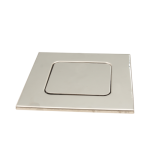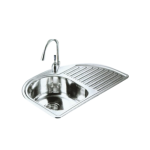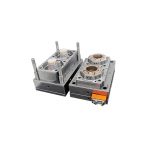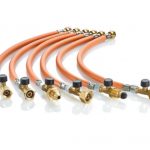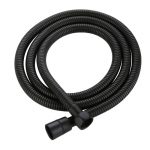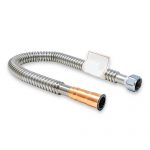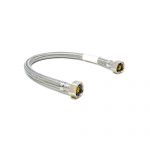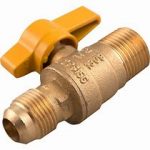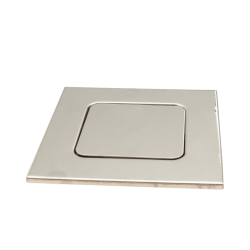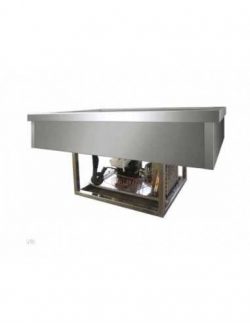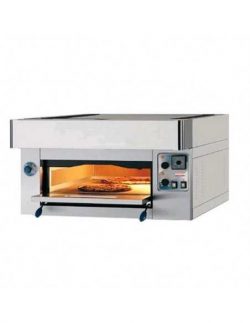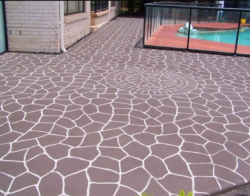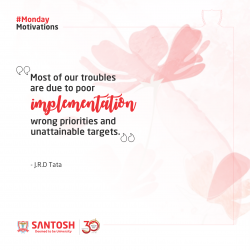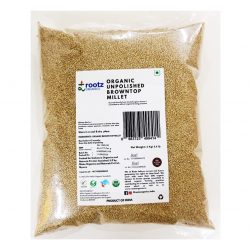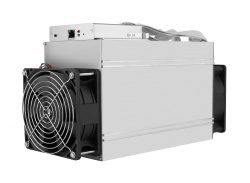The Marvels of Stainless Steel Water Heaters: A Comprehensive Guide
IntroductionStainless steel water heaters have revolutionized the way we experience hot water in our daily lives. This article provides a comprehensive guide on stainless steel water heaters, exploring their benefits, design features, sustainability, installation process, and maintenance tips. With a focus on longevity, energy efficiency, and corrosion resistance, stainless steel water heaters have become the go-to choice for many households.
Benefits of Stainless Steel Water Heaters :Corrosion Resistance: Stainless steel water heaters have excellent resistance to rust and corrosion, which gives them a longer lifespan compared to traditional water heaters.Energy Efficiency: The insulating properties of stainless steel allow for faster heating and improved energy efficiency, resulting in reduced energy costs and increased environmental sustainability.
Safety and Health: Stainless steel does not leach harmful chemicals or metals into the water, making it a safe and healthy choice for water heating systems.
IDesign Features of Stainless Steel Water Heaters:Dual Heat Exchanger System: Stainless steel water heaters often utilize a dual heat exchanger system, which maximizes heat transfer efficiency and minimizes energy loss.Self-Cleaning Technology: Many stainless steel water heaters come with innovative self-cleaning features, such as sediment flushing systems, that reduce maintenance requirements and improve overall performance.
Multiple Heating Modes: Stainless steel water heaters offer flexible heating modes, including energy-saving mode, constant temperature mode, and timed operation mode, catering to different user preferences and needs.Compact Design: Stainless steel water heaters are designed to be sleek and compact, allowing for easy installation in various residential and commercial settings.
Sustainability of Stainless Steel Water Heaters :Environmental Impact: Stainless steel water heaters’ enhanced energy efficiency reduces greenhouse gas emissions, minimizing their impact on the environment.Recyclability: Stainless steel is 100% recyclable, making it an eco-friendly choice. The recycling process consumes less energy and produces fewer emissions compared to the production of new steel.
Durability and Longevity: Stainless steel water heaters have a longer lifespan compared to traditional models, reducing the frequency of replacements and conserving resources in the long run.IInstallation Process of Stainless Steel Water Heaters (600 words):
Pre-Installation Planning: This section discusses the importance of considering factors such as water demand, available space, and water quality when planning for the installation of a stainless steel water heater.Installation Steps: A detailed guide on the installation process, including preparing the location, connecting the water and electrical supply, venting, and safety considerations, ensuring a seamless and efficient installation.
Maintenance Tips for Stainless Steel Water Heaters :Regular Flushing: Flushing the water heater regularly removes sediment buildup, ensuring optimal performance and preventing corrosion.Temperature and Pressure Relief Valve Maintenance: Inspecting and testing the temperature and pressure relief valve periodically to prevent malfunctions and ensure safety.
Insulation Checks: Checking and repairing insulation when necessary improves energy efficiency and prevents heat loss.Anode Rod Replacement: Replacing the sacrificial anode rod at regular intervals prevents the corrosion of the steel tank.
Conclusion:
https://www.kele-hose.com/product/In conclusion, stainless steel water heaters offer numerous benefits such as corrosion resistance, energy efficiency, and health safety. Their design features, sustainability, easy installation process, and maintenance tips make them the ideal choice for households and commercial establishments. With their remarkable longevity and superior performance, stainless steel water heaters are transforming the way we experience hot water, catering to our comfort needs while contributing to a greener future.

